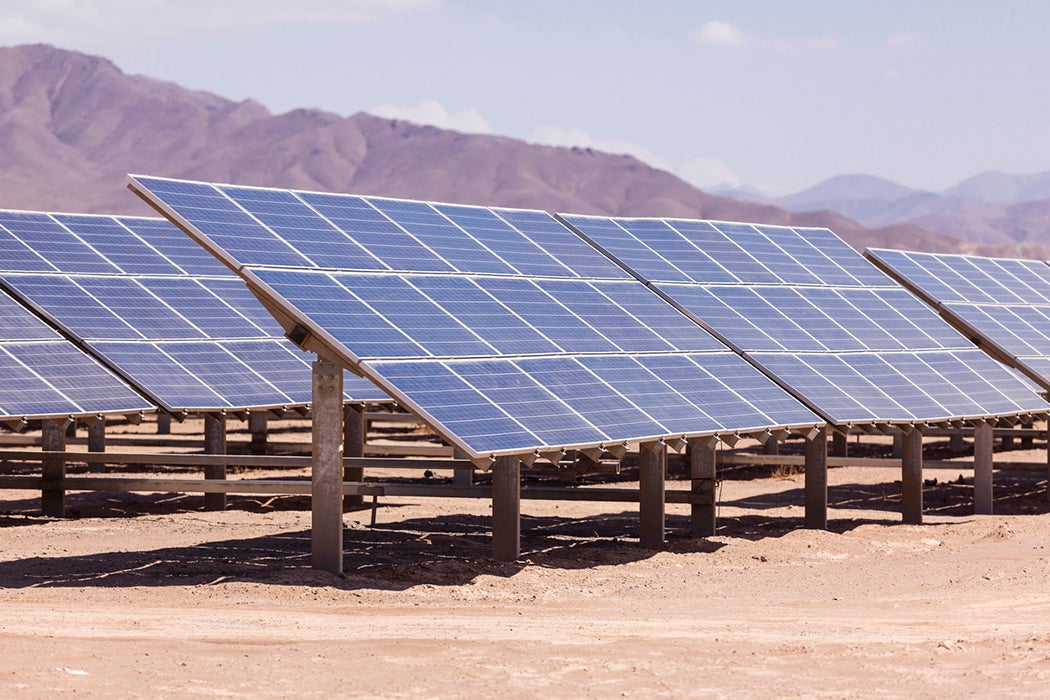How Chile Turned the Atacama Desert Into a Solar Energy Factory (The Washington Post)
The oldest and driest desert on earth, the Atacama Desert is famous for its unbearable heat that only a few microbial species can survive. But it can generate a nearly infinite amount of solar power. Here’s how the Chilean government is using this harsh, unlivable landscape to fuel a green ecology.
Related Sustainability Content on JSTOR: Microbial Ecology
China Poised to Take Lead on Climate (The New York Times)
In the last decade, China has surpassed the United States as the world’s largest energy consumer and carbon dioxide emitter, and today it consumes as much coal as does the rest of the world. But this year, the country made a commitment to renewable energy. The Chinese government wants to take over the role of the U.S. as a climate leader, and that goal is included in the country’s five-year plans.
Related Sustainability Content on JSTOR: Economics of Energy & Environmental Policy
We Can Beat Ebola. Now Let’s Vanquish The Sleeping Sickness. (Mosaic Science)
Infectious and parasitic diseases remain the biggest killers, accounting for one-fourth of the global disease burden. One story investigates how to beat sleeping sickness, a parasitic disease transmitted through the bites of the Tsetse flies, which proves fatal if left untreated.
Related Sustainability Content on JSTOR: Clinical Infectious Diseases







